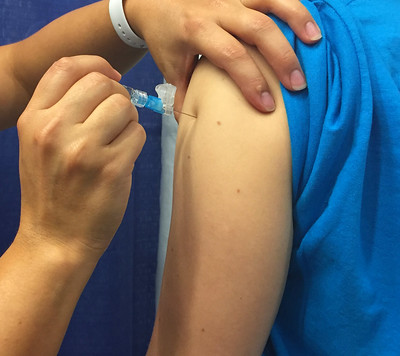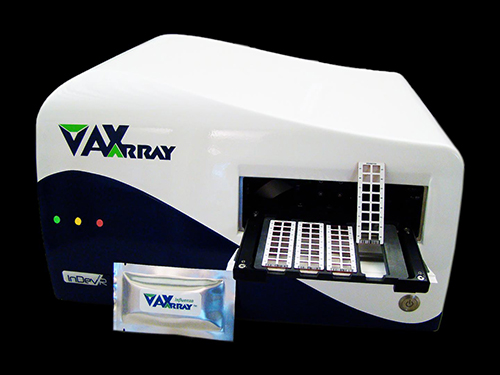 Vaccines go a long way toward improving human health by immunizing us against common and not so common infectious diseases. According to the World Health Organization, “vaccines protect against more than 25 debilitating or life-threatening diseases, including measles, polio, tetanus, diphtheria, meningitis, influenza, tetanus, typhoid and cervical cancer.” Vaccines reduce the incidence of illness, leading to longer lifespans. The positive impact of vaccines upon public health cannot be overstated.
Vaccines go a long way toward improving human health by immunizing us against common and not so common infectious diseases. According to the World Health Organization, “vaccines protect against more than 25 debilitating or life-threatening diseases, including measles, polio, tetanus, diphtheria, meningitis, influenza, tetanus, typhoid and cervical cancer.” Vaccines reduce the incidence of illness, leading to longer lifespans. The positive impact of vaccines upon public health cannot be overstated.
But to be effective, vaccines must supply an adequate quantity of active ingredient, or potency. The traditional, gold-standard test for influenza vaccine potency, known as SRID or single radial immunodiffusion, is time consuming, labor-intensive, and imprecise. And, it requires specialized reagents derived from sheep’s blood.
That’s where InDevR comes in. It sought to build a faster, more accurate vaccine potency test, and did so aided by funding from Phase I and Phase II Small Business Innovative Research (SBIR) grants from the National Institute of Allergy and Infectious Diseases (NIAID). The result was InDevR’s VaxArray® Platform, a table-top sized imaging unit that provides vaccine potency test results 24 times faster and 100 times more sensitive than that of SRID.
It sought to build a faster, more accurate vaccine potency test, and did so aided by funding from Phase I and Phase II Small Business Innovative Research (SBIR) grants from the National Institute of Allergy and Infectious Diseases (NIAID).
Vaccine manufacturers use VaxArray to measure the potency of vaccines in development. Currently, the product is designed for seasonal influenza vaccine potency testing, and the platform holds promise for testing potency of vaccines for other infectious diseases.
It was from InDevR co-founder Dr. Kathy Rowlen’s interactions with her University of Colorado, Boulder colleagues about the challenges with measuring viruses that the idea of starting a company to modernize the process of making virus test measurements faster and more accurate was born.
 Dr. Rowlen credits InDevR’s early success to an NIAID Phase I SBIR grant in 2006 and follow-on Phase II NIAID SBIR grant in 2008, which enabled it to develop the Virus Counter® product – a method to quantify viral particles. To support the product’s development, InDevR hired biotechnology staff who remain with the company to this day.
Dr. Rowlen credits InDevR’s early success to an NIAID Phase I SBIR grant in 2006 and follow-on Phase II NIAID SBIR grant in 2008, which enabled it to develop the Virus Counter® product – a method to quantify viral particles. To support the product’s development, InDevR hired biotechnology staff who remain with the company to this day.
Employing 25 and located in Boulder, Colorado, InDevR is a small, women-owned company, whose top leadership, incidentally, is also all women. It was founded in 2003 by Rowlen, Laura Kuck, Ph.D., and John Birks, Ph.D.
Today, InDevR is fully commercialized and aimed at providing analytical technologies and tools to enable accelerated development and manufacturing of vaccines. For public health, this can only be a good thing.







